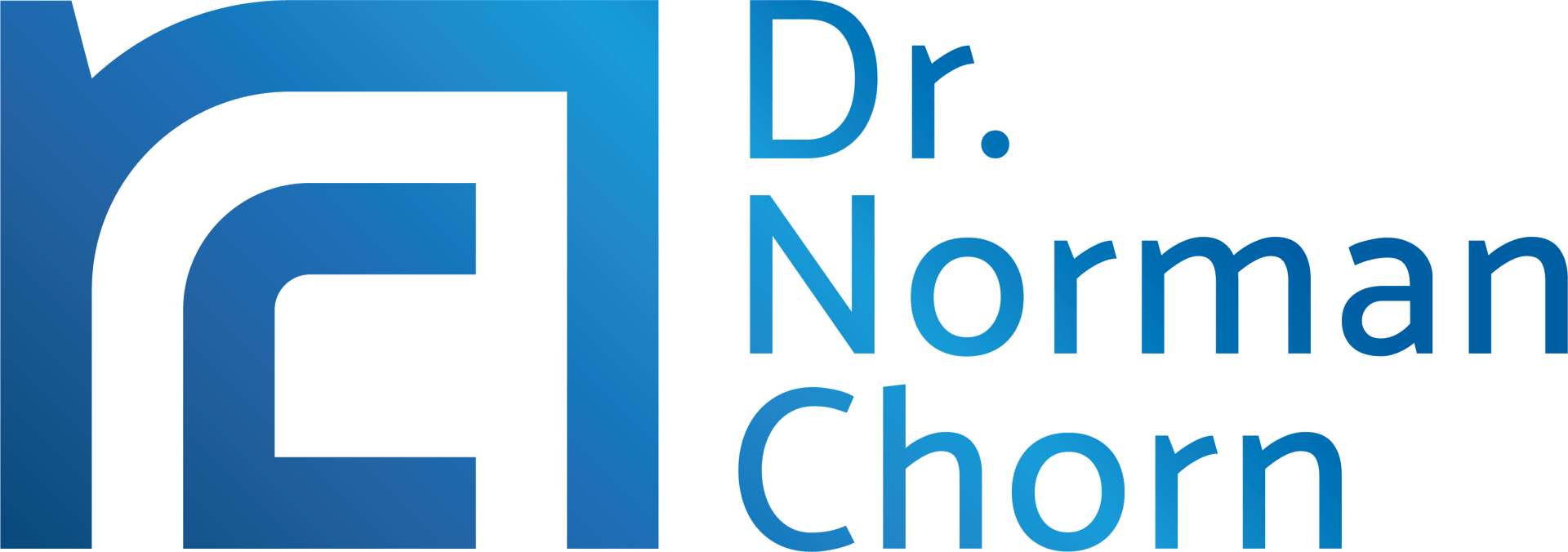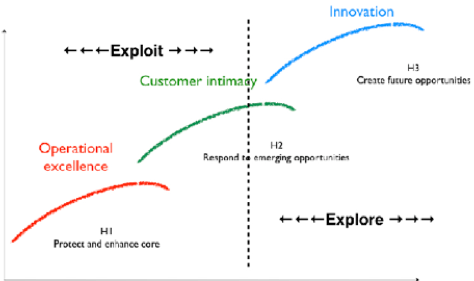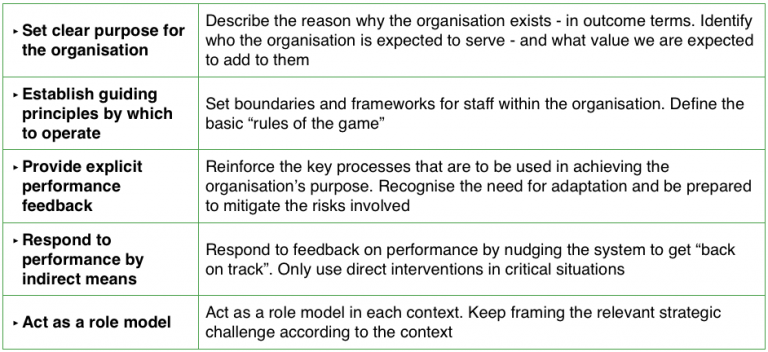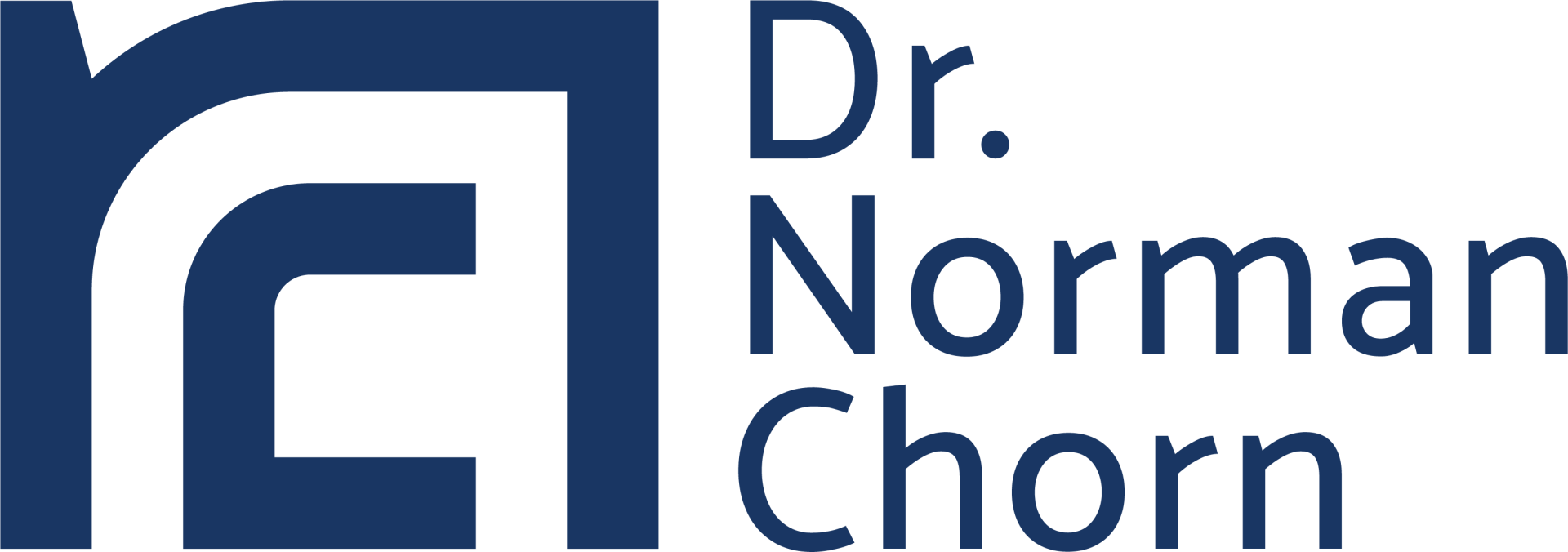A DIGITAL AGE?
The digital age is far more than the automation, digitisation and use of the many technologies that enable our e-commerce capabilities. It reflects the new social and economic order that pervades our markets, organisations and societies as a whole. It’s about people’s desire and ability to participate, influence and be fully involved in their community and work life.
The digital age embraces the democratisation of information and the use of technology to empower people – allowing them to become more active in influencing the organisations that serve them (as customers) and in which they serve (as employees, leaders and entrepreneurs).
NEW FORMS OF LEADERSHIP
In this environment, the shape of leadership is significantly changed. Nonetheless, one of the prevailing themes that remains is the need for leaders to influence and add value to their organisations. The common cliche′ is that one has to shift from “command and control” to “persuasion and influence”. But how and when is this done, for there are still instances where the traditional approaches may be appropriate?
I believe there are three considerations when leaders seek to influence and add value to the organisation:
- Understanding the context,
- Identifying leverage points, and
- Using appropriate processes.
UNDERSTAND THE CONTEXT
Key to understanding the “digital context” is to recognise that it is usually made up of a large number of interdependent players, influences and forces that shape its characteristics. It is, in effect, a complex system.
Complex systems have a range of characteristics that require more than a simple ‘cause-effect’ analysis in order to understand. Indeed, we know that a single cause has multiple effects in a complex system. This contributes to the unpredictability of these systems, and the fact that interventions can often produce unintended consequences. A careful analysis of the whole system – rather than a reductionist approach – is necessary to understand how these systems function.
Consequently, two strategies are useful for understanding the context. The first is to deliberately adopt more than one mental model (framework) to analyse the system. This has the effect of producing a richer understanding of the situation. What you see of the mountain depends on where you stand.
The second is to “mentalise” the situation. This is where we analyse the various players in the situation as characters in a movie or novel. We seek to understand their personalities, drivers and motives – and thereby identify their triggers and leverage points. This approach also has the advantage of removing some of the personal bias and pre-judgement you might have of the situation.
Careful analysis of, and reflection on, the situation is an important part of understanding and appreciating the complexities of the context in a digital world.
IDENTIFY LEVERAGE POINTS
Once we understand the context, we are better positioned to identify the leverage points to achieve the outcomes we seek.
In many cases, this revolves around the way we think and plan our approach to achieve goals in a complex situation. Because our organisations are also complex systems, top-down planning and strategy rarely works. In addition to promoting resistance and disempowerment, a top-down approach can produce unintended consequences in an uncertain environment.
One way around this is to actively frame the planning approach and challenges we present to our people. This can be achieved in two ways.
Firstly, be very deliberate about the planning approach and framework used in the strategy process. Every planning and strategy framework has a range of underlying assumptions inherent in it’s use. Unknowingly, the choice of a particular approach can significantly influence the nature of the outcomes achieved. In particular, pay attention to the overarching objective of your strategy (ie what are you trying to achieve with the strategy) and the prevailing conditions in your market.
These factors will assist in selecting the appropriate planning and strategy approach you select. See the appendix for a summary of some popular approaches and the appropriate circumstances in which they should be used.
Secondly, the specific organisational or business challenge in different parts of the organisation can be purposefully framed to maintain the overall integrity and effectiveness of the organisation.
When considering the popular “three horizons” approach to planning growth and development in an organisation, it is possible to define two quite distinct challenges faced by different parts of the business.
The “exploit” agenda involves the a primary focus on developing operational efficiencies while also responding incrementally to changes required by the market. The “explore” agenda, on the other hand, suggests that the priority is to be aware of market needs and focus on innovation to create new opportunities for the future.
Clearly the exploit and explore agendas as not mutually exclusive, but we know that the style, tempo and time horizons in these approaches place very different demands on the organisation. Hence, a clear understanding of what is required in particular parts of the business will allow a more focused and optimised resource allocation across the organisation.
USE APPROPRIATE PROCESS
How can leaders influence their organisation in a digital world? Three things should be considered here:
- The leader’s role is not to directly improve performance, but to create the conditions in which performance can be improved
- While learning and innovation are critical factors in dealing with a complex environment, these cannot be centrally imposed or controlled
- The focus should be on facilitating and enabling the system within which the learning and innovation takes place. This may be understood as “system stewardship”.
System stewardship involves deft and purposeful “nudges” to the system by using five processes:
LEADING IN A DIGITAL AGE
Leading an organisation in the digital age is not for the faint hearted. It requires great mental and behavioural dexterity to understand the needs of the situation, and then nudge and shape the organisational system to deliver the appropriate response.
While there are critical times where a direct command and control intervention might well be required, it seems that the greater proportion of time is spent ensuring the organisation is fit and capable of supporting the necessary learning and innovation.
Subscribe to our regular articles, insights and thought leadership







